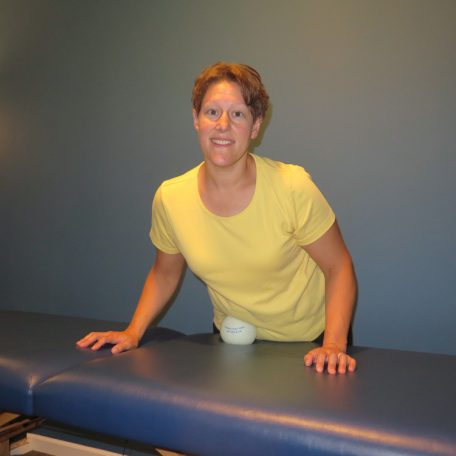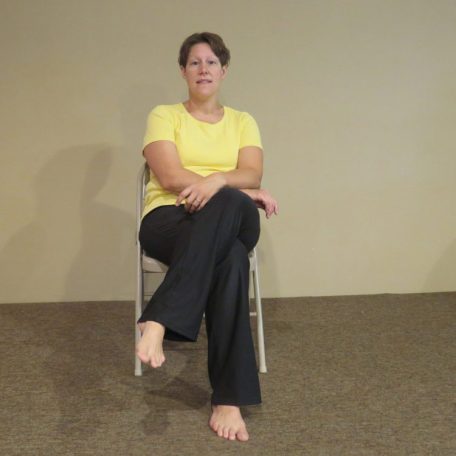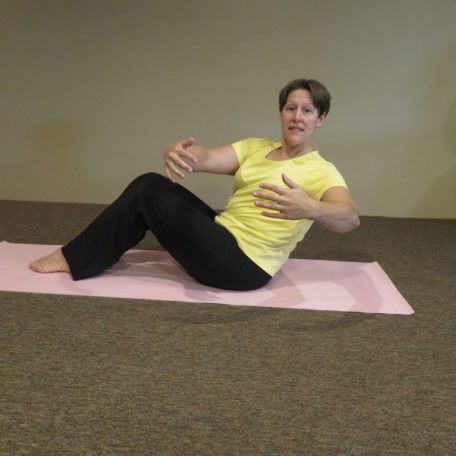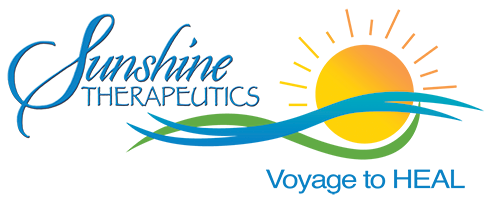Myofascial Release Self-Treatment
Use Myofascial Release Self-Treatment to eliminate your pain with a stretch, exercise, meditation, or a change in your everyday habits. Below are a few guidelines to follow to maximize the results. Please take the time to read through each of the links below to fulling grasp the power of myofascial release self-treatment. It is far beyond just stretching. We are changing tissue memory to eliminate protective patterns so you can have pain free living.




What is myofascial release self-treatment?
- Number one rule is to always listen to your body and intuition
- Hold each stretch for a minimum of 120 seconds, 5 minutes or more is recommended
- The stretch should be passive
- Complete the stretches in a quiet environment
- Move in the direction of ease first and then the direction of resistance
- Shorten, lengthen, apply a pin point pressure, unwind, or shake it off.
- If nothing is letting go, move physically or mentally by talking to your body or gently rocking yourself
- Let this be as much of a physical technique as it is an energetic technique
- Knock on pain’s door, but do not enter. If you stretch to the point of pain, you will induce, not reduce tension. Be easy on yourself and never force a stretch
- Always listen to your intuition and let that be your guide never forcing an area to let go, but rather giving it permission to release
*Your intuition will also be an active role in guiding your own self treatment. Trust what phrases and images come to mind. Avoid someone telling what to feel or suggesting a reason for your tension. Any messages that come to you are for your interpretation or just to hear and let go of.
*Avoid the “Why” revolving door. Avoid over analyzing things and asking the why question. There are many things that we will never know the why to. There are times we need to just give ourselves permission to let go. Any images, words, or phrases that pass through your mind during the releases don’t need to be analyzed. Simply acknowledge them, express gratitude, and let them fase away.
Never release an area with a broken bone, open wounds, hernia whether fixed of not, abdominal releases during pregnancy, post-surgical areas without a doctor’s consent when less than 2 months out (please ensure that the wound has fully healed internally and externally), no cranial work immediately post CVA or TBI. Always listen to your body and that gut instinct. If something doesn’t feel right, don’t do it.
There are essentially 5 options to facilitate the tissue to soften and let go. If one of the options isn’t working, try another way.
- Shorten: Sometimes an area needs to get slack in it because the area is already being pulled to its maximum lengthen. In this case, you will move in the direction of ease first and then the direction of resistance. For example, if the muscle on the top of your thigh, the quadriceps, is tight, stretch the hamstring, the back of the thigh, first and then the quadriceps.
- Lengthen: This is where you would elongate a tight area, aka stretch it.
- Pin Point Pressure: Using a releaser ball or other releasing device, a direct pressure is applied into the tight area and held until the area softens.
- Unwinding: In this release, you allow your body to move in whatever direction it wants in an unchoreographed dance
- Rebounding: This is a rocking and shaking of the body to move fluid and energy which induces chaos into the body. In this chaos, the body doesn’t know where to hold on so it will naturally release the tension. This also helps to reconnect the entire body rejoining areas that have been dissociated with due to injury.
Change takes your ability to let go of what you are holding on to. How long that will take depends on you, but try to hold the stretch until you feel a shift in the tissue or the energy surrounding the area. Here are signs that a change is occurring:
- a melting or lengthening in the area being addressed
- stomach sounds
- eyes fluttering- this may reflect a release in tissue/emotional memory
- change in your breathing pattern
- salivating or swallowing
- heat or coolness in your body or a specific area
- shaking or bursts of energy flowing through a particular area
- change in your thoughts or feelings
- emotional outbursts
- skin redness, which is a vasomotor response of the body guiding you to areas that need releasing
- bruising in areas not being physically touched
- re-enactment of traumatic event subconsciously in an unwinding experience, note that you do not have to relive trauma in order to release the energy around it.
- anything that is different than when you started
There are times you can enter a release and wait 5-10 minutes and feel nothing happening. If this is the case, here are a few other suggestions:
- Check back in with yourself
- Begin a conversation with your body
- Gently rock your body to start energy flowing to the area
- Tighten up the area to the count of 20 and then slowly soften to the count of 20
- Breath into this area and simply say, “I let go” or “I allow myself to feel again”
- Envision what the area looks, sounds, smells, tastes, feels like to the touch to strengthen the awareness of this area. Then change how you view it.
- You are always allowed to move to another area and then return back to the original area you are trying to release
- Always keep a journal close by to write down your thoughts as needed. Complete the journal entry form on the following page to emotional connect with the area that is being focused on.
Guiding questions and statements can make the difference of relieving or not relieving tension. Below are a few questions that you can ask yourself during self-treatment to identify the emotional cause of the tension.
- What lies beneath this pain
- What benefit is it to hold on to this
- Try another way, try to be soft
- I let go
- I give myself permission to let go
- Picture yourself without this tension
- I no longer have to fight
- Let it be easy
- Love yourself
- I can find peace in this
- start to breath rapidly feeling it deep into your body
- grunt, moan, yell, let your voice come out
- if you are frozen, talk to your body and convince even your pinky to move. Find a way to move. As big or little as it may be, it will result in a huge shift toward freedom
Sometimes in our life, we create our own rules of behavior stemmed from our experiences. Click on the Voyage to HEAL Defeating Vows and identify what Vows of Protection you have developed.
We also offer assisted stretching one-on-one sessions and Classes as well as the Voyage to HEAL on-line program to guide you through your self-treatment program and answer any questions that you may have. For more information on Myofascial Release treatments, Click here.

